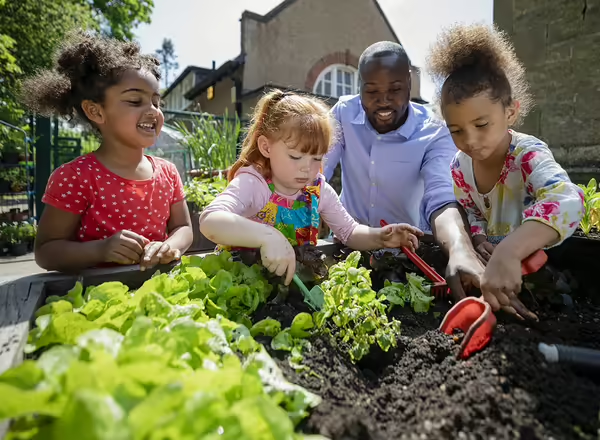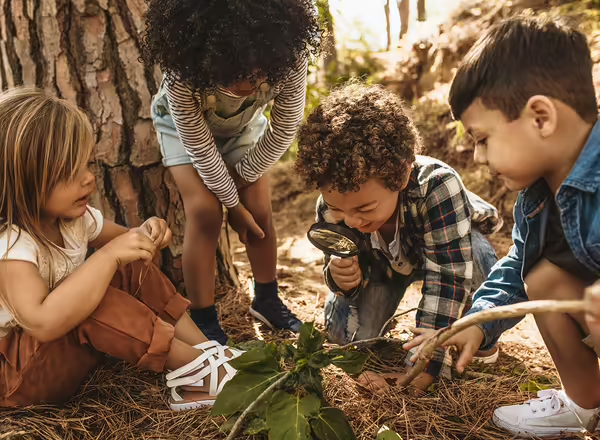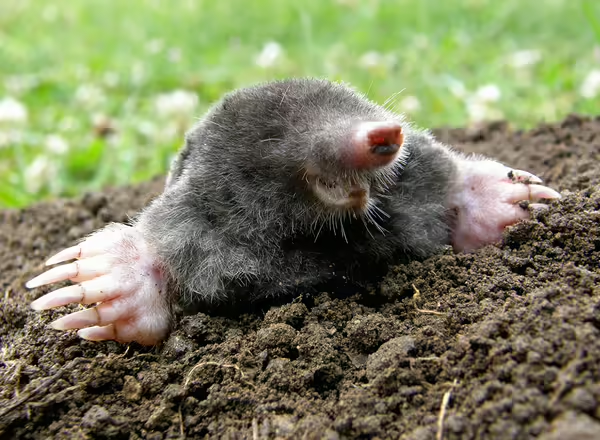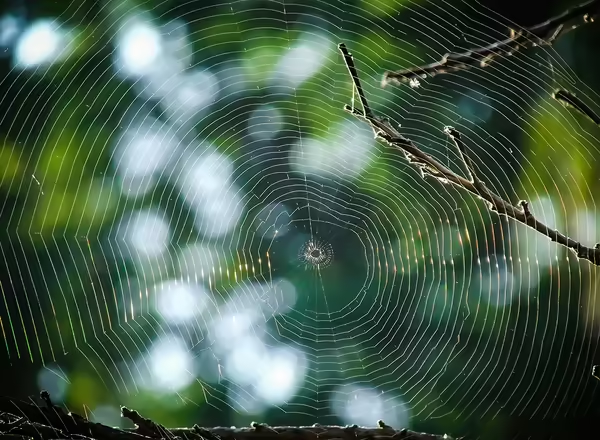It's all connected.
An ecosystem is made up of all the living animals and plants and the non-living matter in a particular place, like a forest or lake. All the living things in an ecosystem depend on all the other things - living and non-living for continued survival - for food supplies and other needs.
In some ways, the actions and reaction that take place within an ecosystem are like a spider web - when one strand is broken, the web starts to unravel. What affects one part of an ecosystem, affects the whole in some way.
The idea of the web of life is shown by the interdependence within an ecosystem. Animals and plants depend on a complex system of food for survival. In a typical prairie ecosystem, the web might work like this: The sun provides energy for the grass; grasshoppers feed on the grass; birds and frogs eat the grasshoppers; snakes eat birds, frogs and mice; owls and hawks will eat the birds as well as snakes, frogs and mice. When an animal dies, it is decomposed by worms, fungi and bacteria action and nutrients are released to the soil during the decaying process for the grass to use again. Connecting the many plants and animals with lines representing their functions and food chains within this web would create a tangled maze. It is obvious that all forms of life in the ecosystem are dependent on all other living and non-living things for food, nutrients and energy.
Objective
- Students will understand that an animal's needs determine its preferred habitat.
- Students will understand the concept of ecosystems and interdependence.
- Students will understand that interrelating communities are components of an ecosystem.

Demonstrate the concept of interdependence to students by setting up a row of dominos with enough space between one section that will allow a chain reaction to stop at that point after the first has been pushed. And/or use play blocks set up in a shape of a pyramid; ask students to remove several blocks. Every block removed causes a change in the structure--some reactions are more severe than others; for instance, if a bottom or center block are pulled, the system collapses.

Go outside and mark off a large area. A field with diverse vegetation is best. Divide the area into sections using a measuring tape. Have students map the area by observing and identifying animals (insects, birds, signs) and noting their location. Compare the different animals by their locations.
- Are there differences?
- What are they?
- Why?

Group students into teams. Go outside and identify distinctly different vegetative areas, such as a lawn, woods, and open field, marsh, or a pond. Assign a team to each area or ecosystem. Using sweep nets, dip nets, magnifying lenses, egg cartons, trowels, pans and plastic bags, collect plant and insect specimens from each area. Minimize the impact by keeping animals live and taking only parts of plants, such as a leaf. Record or draw pictures of plants or animals that are not collectible.
After collecting samples and data, regroup for comparison of the areas. Are there differences? Similarities? What and why? Identify your specimens as to what they do in their ecosystem.

Cut out or draw pictures of plants and animals that exemplify or show a food chain. Paste these on cardboard and assemble a food chain mobile(s). Include people as part of the food chain, if you like. For example:
- sun, grass, grasshoppers
- grass, birds, frogs, grasshoppers, snakes
- birds, snakes, frogs, mice

Make several signs representing many of the components of an ecosystem. Include animals, plants, soil, water and the sun. Several animals and plants that are part of an interconnecting food chain should be worked out before hand. Students should pick a sign and wear it by using a string around the neck. Have them sit in a circle facing each other. Next, connect all the components (students) that are related to each other in an ascending order by having them take hold of the string one at a time, thereby weaving a web, The Web of Life. The web should be complicated by the time they are finished.
After everyone is "connected" ask one essential component to drop the string. This represents elimination from the system. Any other related components should also drop the string.
- What happens to the system?
- Discuss the concept of interrelationships within ecosystems.
- How do people help keep, or not keep the system in balance?